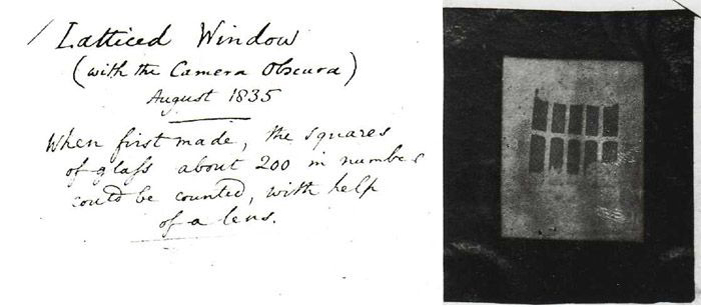This is the story of how William Henry Fox Talbot preserved a moment of the past forever, when he invented the photographic negative. It’s a story of hard work, experimentation and how one man longed for something that was not possible until then — how to preserve that perfect moment, those frozen memories from the past to hold on to. Now here is a beautiful BBC Radio podcast on the topic:
Fox Talbot was a man of some accomplishments, but drawing eluded him. So while on honeymoon in Italy in 1833, he adopted the camera lucida, a tracing device, to help him sketch scenes. “The idea occurred to me,” he later wrote, “how charming it would be if it were possible to cause these natural images to imprint themselves durably, and remain fixed upon the paper.”
Talbot wasn’t the only person experimenting with photography in the 1830s. In Europe and America, the hunt was on to find the right chemical mixture that would react with light to capture an image on paper or glass. Everyone knew that light had an effect on certain dyes and chemicals.
The questions that needed answers were: how do you make a dye which reacts very precisely to light? And then how do you stop your dye reacting to sunlight when you don’t want it to, how do you fix the image?
Fox Talbot found a way to make permanent images. In August 1835 he made what is now the oldest surviving photographic negative in the world. It is a picture of the oriel latticed window at Lacock Abbey, a summer’s day at Fox Talbot’s ancestral home, captured forever in the photographic pane.

Now here is a worthwhile BBC Radio podcast. Sit back and enjoy this half-hour program discussing the speed at which Fox Talbot’s invention caught on and the future of the mass reproduction of images in the digital age:


